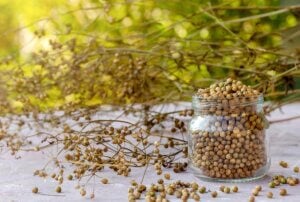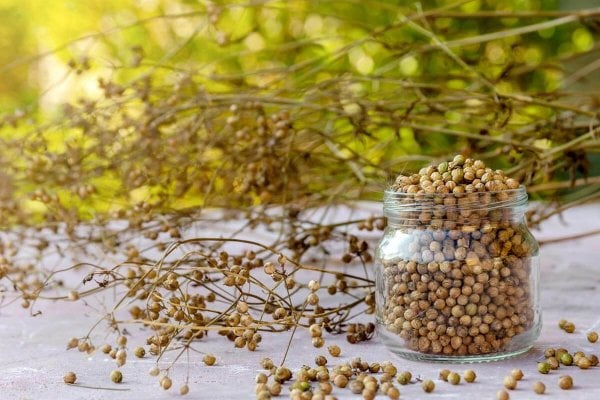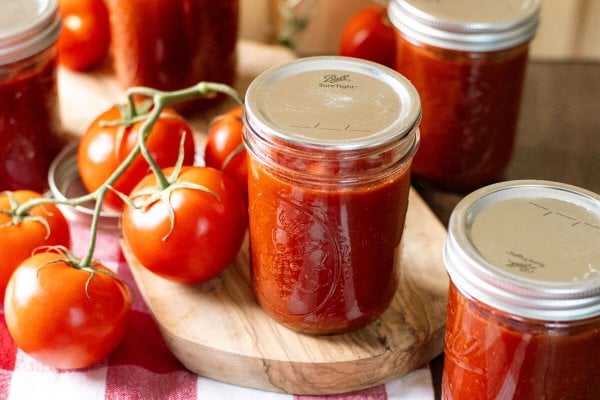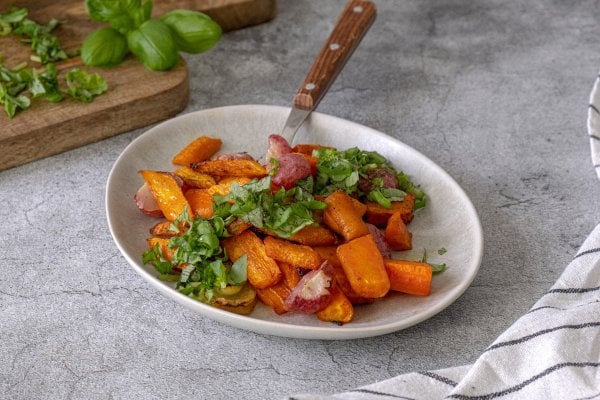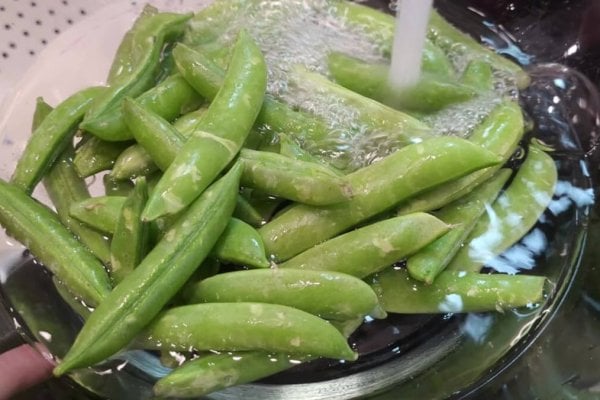Cultures around the world have enjoyed fermentation for thousands of years. The variety of health benefits and ease of producing fermented foods make it an obvious choice for homesteaders today. Knowing the best foods to ferment (and those that don’t ferment well) for a healthy gut and providing long-term food storage is easy.
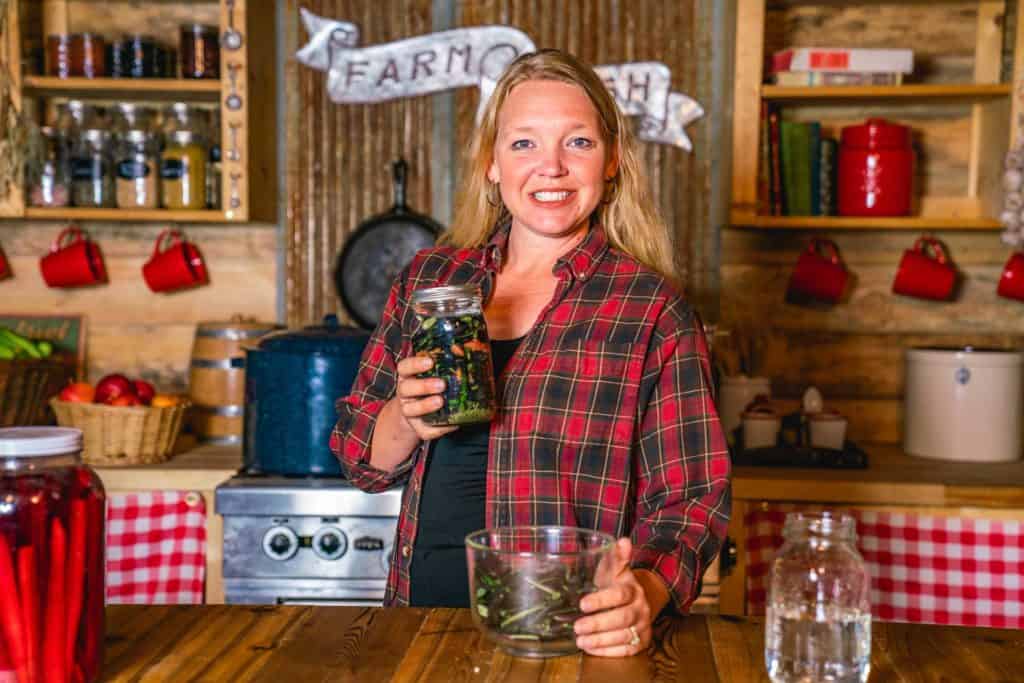
Why I Love Fermentation
Food preservation is a must-know homesteading skill everyone should learn. It’s a great way to increase self-sufficiency and is not as difficult as some might think. To help build your confidence, I have put together an introduction to each method as a primer:
- Intro to Fermentation
- Canning 101
- Dehydrating Food
- Root Cellaring
- Freeze Drying vs. Dehydrated Foods
- Easy Freezer Meal Cooking Tips
Fermentation for long-term preservation is one of my favorite methods because it is easy, inexpensive, and can increase the nutritional benefits of the foods being preserved. Fermented foods have anti-microbial, anti-carcinogenic benefits and probiotics, which aid in our gut health, allowing us to boost our immune system naturally. (Source) (Source)
Lacto-fermentation refers to lactobacilli bacteria that consume sugars in fruits, vegetables, grains and dairy products, creating lactic acid and fermenting food. Fermenting meats is a different process because of the lack of sugars in the meat, but you can still successfully ferment meats at home.
Consuming fermented foods has also been linked to lowering inflammation and blood pressure, easing irritable bowel syndrome, decreasing bone loss and stabilizing blood sugar levels for those with type 2 diabetes. (Source) (Source)
These health benefits, combined with a short learning curve, cheap set-up costs, and a delicious tasting preserve, make learning to ferment a great place to begin your food preservation journey. But what are the best foods to ferment and which should be avoided? Keep reading to find out.
It’s important to note that I am not a certified medical practitioner. This post is not intended to diagnose or treat but is for informational purposes only. Please contact your healthcare professional before introducing new herbal and natural remedies into your wellness routine.
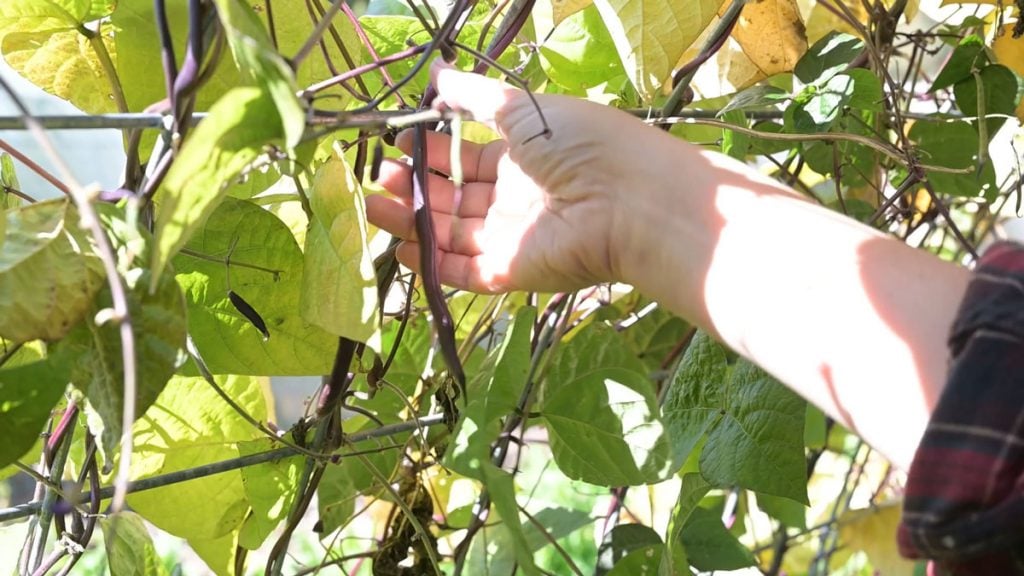
Best Foods to Ferment
The foods listed below are some of our family favorites that you will find in our kitchen and pantry. They’re among the best foods to ferment, especially when just starting. This method of preservation has lowered our grocery bill and keeps us eating well on a budget:
Vegetables
- Green Beans – When our garden produces abundant green beans, we make delicious lacto-fermented green beans (aka Pizza Beans).
- Carrots – Carrots become flavorful and vibrant with our easy fermented ginger carrot recipe. A family favorite and a great option for those new to fermentation.
- Cabbage – Fermented cabbage makes delicious lacto-fermented sauerkraut, a traditional Curtido, or step it up with some sweet heat to make this apple-jalapeno sauerkraut recipe.
- Cucumbers – Fermented cucumbers make a fantastic snack. Though they’re different than my canned pickles or my quick refrigerator pickles, they’re still delicious (we’ll hopefully have a recipe for you soon!).
- Garlic – Garlic is a wonder food with immune-boosting properties that can supercharge your ferments. (Source) In addition to adding garlic to your ferment recipes (like this fermented Sriracha), you can ferment garlic on its own with this easy pickled, fermented garlic recipe.
- Mixed Veggies – Mixed vegetables like kimchi, sauerkraut and salsa are fantastic when fermented. You can adjust the ingredients to your preferences and add a boost of nutrition to your favorite snack.
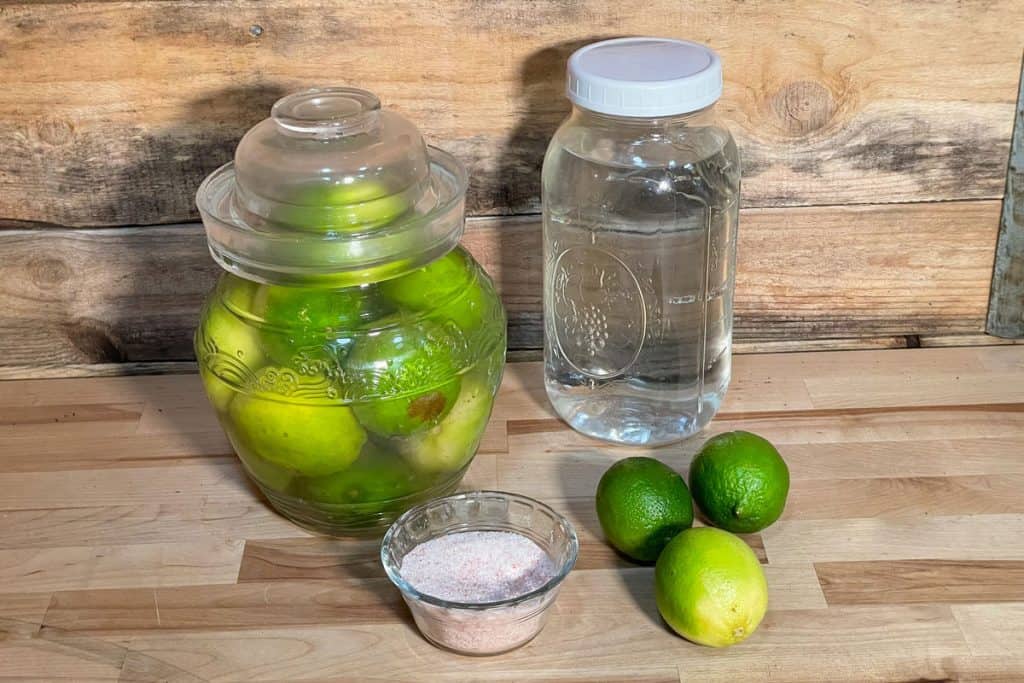
Fruit
- Lemons – Preserved lemons are easy to prepare and flavorful, especially when used in this lemon reduction sauce.
- Limes – Lacto-fermented limes are delicious and can sit on the shelf for a year (or more)! They’re a favorite in this homemade guacamole recipe.
- Cranberries – This fruit looks bright and beautiful on the pantry shelf. I make this easy homemade fermented cranberry sauce, a healthy replacement for canned cranberry sauce, around the holidays.
- Tomatoes – Fermented tomatoes make the best-fermented tomato sauce.

Dairy
Fermentation is a great way to make homemade dairy products practical.
- Cheese – Cheeses made with unpasteurized milk are very high in probiotics. (Source) Cow, goat, and sheep milk are great options with its lactic acid bacteria for a super gut-healthy fermented food. Homemade cultured soft cheese (aka “dream cheese”) is one our family enjoys! Raw milk cheeses that have been aged at least six months are best.
- Yogurt – Fermented, unpasteurized milk (cow, sheep or goat) teams with gut-healthy probiotics. This easy Instant Pot yogurt recipe keeps our refrigerator stocked with this delicious and creamy treat.
- Cottage Cheese – Raw cottage cheese made from unpasteurized milk is another fermented dairy food packed with probiotics. Make sure you read the label if purchasing from a grocery store; organic farmers’ cheese (dry curd) is best.
- Kefir – Kefir is a drinkable yogurt made with unpasteurized cow, sheep or goat milk. Kefir is loaded with probiotics, vitamins and minerals and is one of our favorite ways to use raw milk. (Source) (Source)
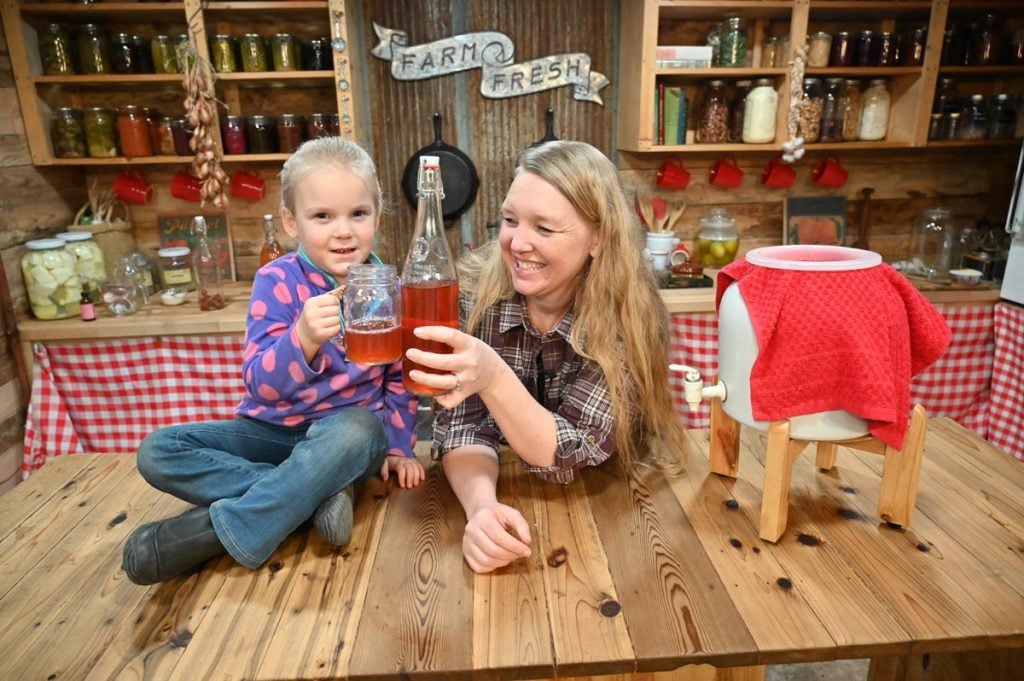
Beverages
- Kombucha – This fizzy, delightful fermented drink is a probiotic-packed replacement for sugary soft drinks. (Source) We enjoy healthy homemade kombucha year-round, and cherry almond-flavored kombucha is one of our favorite flavor varieties.
- Sparkling Apple Cider – A holiday favorite, this fermented drink is easy to make with this homemade sparkling cider recipe.
- Switchel – Sometimes called Haymaker’s Punch, switchel can be made with fermented apple scrap vinegar instead of apple cider vinegar.
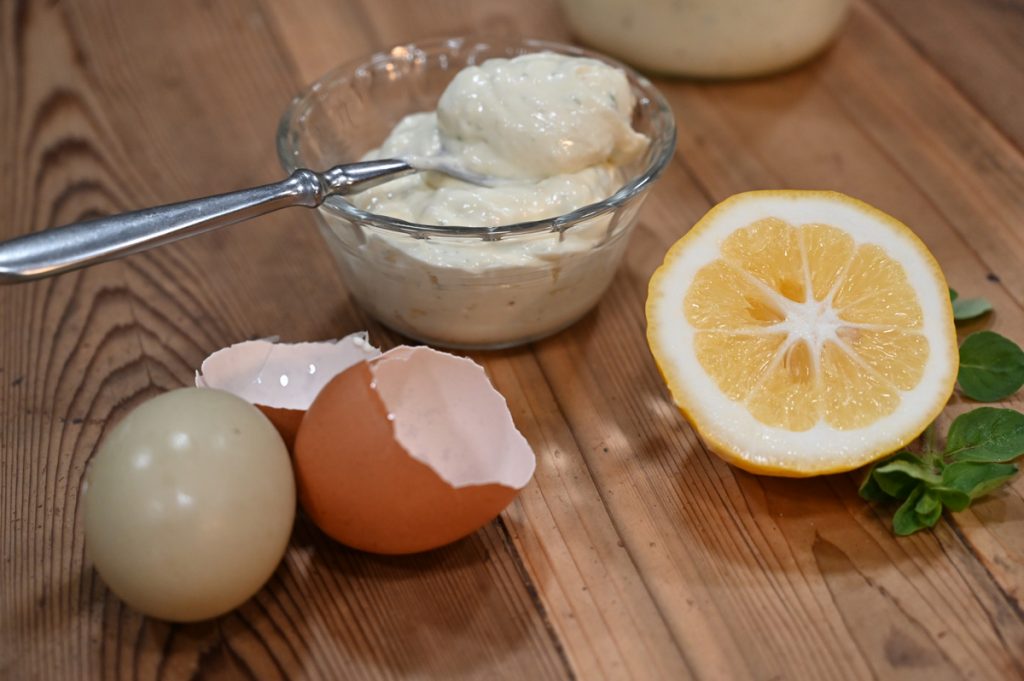
Condiments
- Ketchup – Store-bought ketchup can contain excessive sugar and high fructose corn syrup. Why not make easy fermented ketchup that is gut healthy and delicious? My kids love it!
- Mayonnaise – Lacto-fermented mayonnaise is better for you than store-bought mayonnaise, and when homemade mayo is fermented, it lasts longer in the refrigerator. Making this switch is another easy way to add ferments to your daily intake.
- Salad Dressings – Homemade vinaigrette dressing, my buttermilk ranch dressing recipe, or other homemade salad dressings made with fermented apple scrap vinegar or fermented lemon or lime juice are an easy way to add probiotics to your foods.

Grains and Beans
- Wheat – Making a sourdough starter will ferment the grains you use. While baking will kill off beneficial bacteria, fermentation helps predigest these grains, making it easier for your body to absorb the nutrients from the grains. We make these Parker House sourdough rolls and homemade fudgy sourdough brownies.
- Miso – Fermented soybeans, brown rice or barley infused with koji (a fungus) has been used in soups and other foods for thousands of years in Japanese and Chinese cuisines.
- Tempeh – This soybean-based food fermented with tempeh starter, a mix of live active molds, becomes a grainy, firm, cake-like product with probiotics and protein similar to tofu.
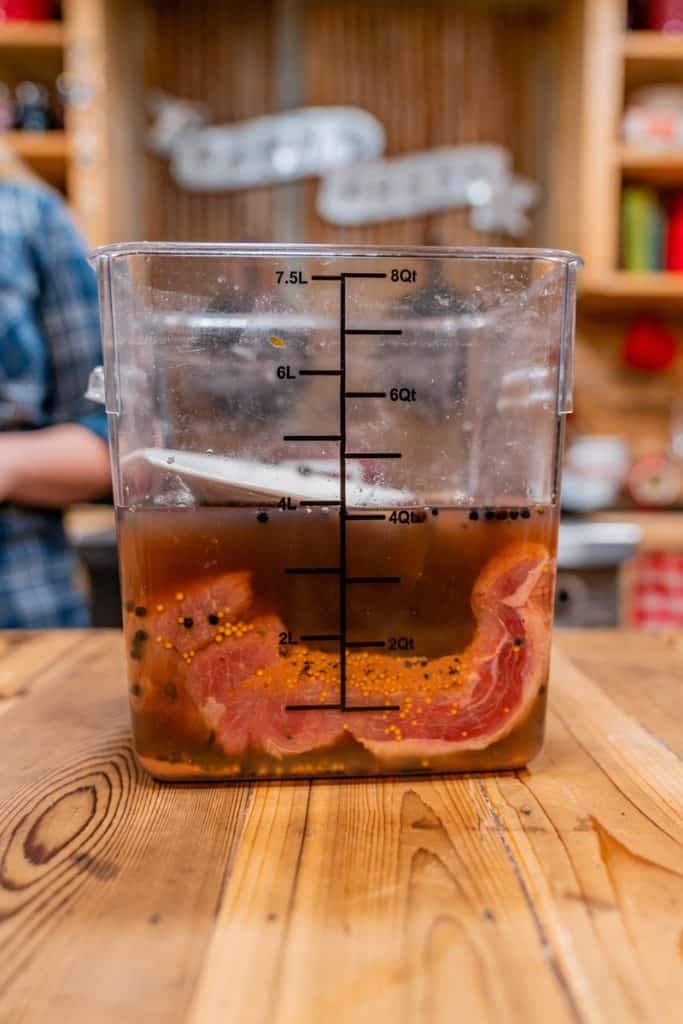
Meat
When fermenting meats, you should follow strict safety measures. I advise using reputable sources along with tested and approved recipes.
Salt with nitrates (pink salt), sugar, and active cultures are added to meats because they lack sugars to feed the lactobacilli, which ferments and preserves the meat.
- Beef – There are no sugars in beef to form lactobacilli, so you must add sugar to the seasoned rub or brine you use to feed the bacteria, keeping it alive and fed to ferment the meat safely. Trim the fat from the meat and use the freshest lean cuts you can.
- Pork – Use the freshest high-quality pork you can find. Trim off any excess fat, sinews, or glands, especially when making sausage.
- Fish – Thoroughly clean fresh fish, removing the skin, entrails, bones, head and tail. You must add salt and whey to get the proper fermentation results.
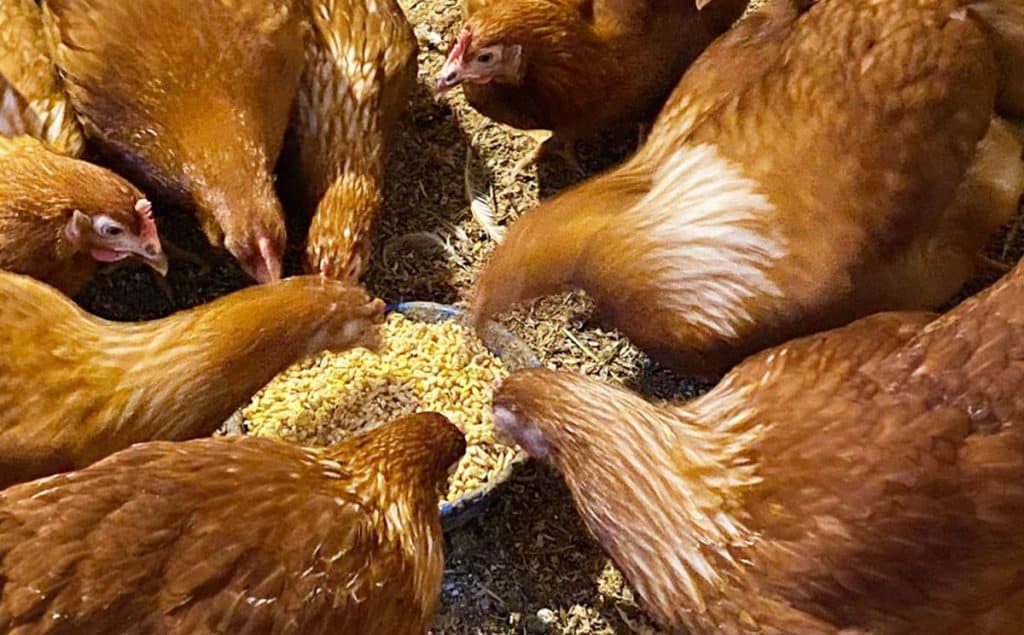
Homestead
Fermentation isn’t just for your pantry; here are some ways to benefit from fermenting outside the kitchen.
- Chicken Feed – Raising backyard chickens for eggs and raising chickens for meat is a part of our family’s diet. If you want healthy, happy chickens (while stretching your feed budget), try fermenting chicken feed.
- Compost Pile – Adding fermented scraps to our compost pile adds probiotics to the garden soil, which grows healthier vegetables for our table.
Who Should Not Eat Fermented Foods
The jury is out on who should not eat fermented foods, such as the immunocompromised, children under one-year of age, pregnant women and those with histamine issues. There are many differing opinions on the topic.
To avoid bloating, I recommend adding small amounts of fermented foods to your diet and gradually increasing them as you go. The intestines need time to become accustomed to the fermented food.
Over time your gut will start to heal and become healthier, inviting the variety of fermented foods offered.
I ate fermented foods when I was pregnant; my children eat and drink fermented foods, and we are healthier for it. All that to say, when in doubt, seek the counsel of your physician as well as a second opinion from another wellness expert if you’re still unsure.

Foods You Should Not Ferment
In my opinion, you can ferment most foods, but not all foods ferment well, such as lettuces, which are high in chlorophyll.
Some foods may not maintain an appealing texture or flavor; it is a personal preference.
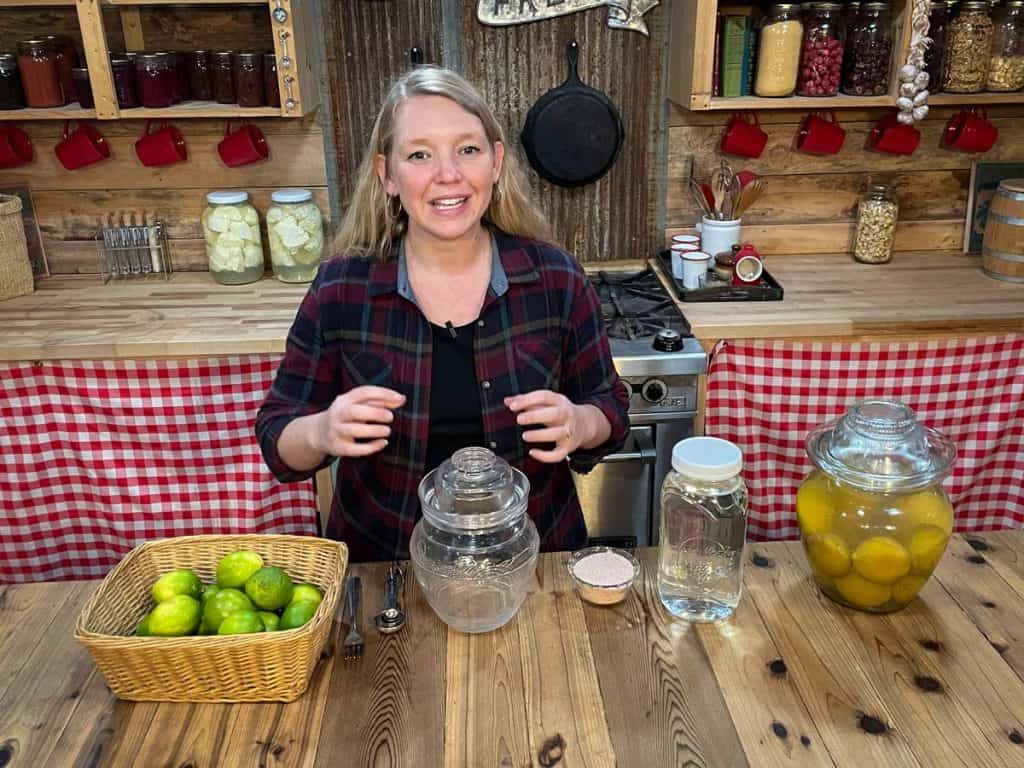
Fearless Fermenting
As you can see, fermentation is a method I encourage everyone to try. If you are ready to learn how to make delicious, healthy, and probiotic vegetable ferments, my Fearless Fermenting Class is a great place to start.
You will learn…
- The five rules of vegetable fermentation to make amazing ferments every time!
- Preserve your garden produce in less time than it takes to heat your canner.
- Store your ferments without taking up all of your refrigerator space.
- Help train your tongue (or your family’s) to enjoy the taste of these SUPER IMMUNE-BOOSTING foods.
- Walk step-by-step with Carolyn through 2 family-favorite, immune-boosting, vegetable ferment recipes.
- Learn how to create your fermented veggie combinations confidently.
Sign up and get instant access to start fermenting today!

Other Articles You May Enjoy
- Preservation 101: Intro to Fermentation
- Fermentation for Long-Term Preservation
- How to Boost Your Immune System Naturally – In 7 Simple Steps
- How to Store a Sourdough Starter
- Apple Jalapeno Sauerkraut Recipe
- Easy Instant Pot Yogurt Recipe
- Chevre Cheese Recipe (Goat’s Milk Cheese)
- Making Homemade Dairy Products Practical





